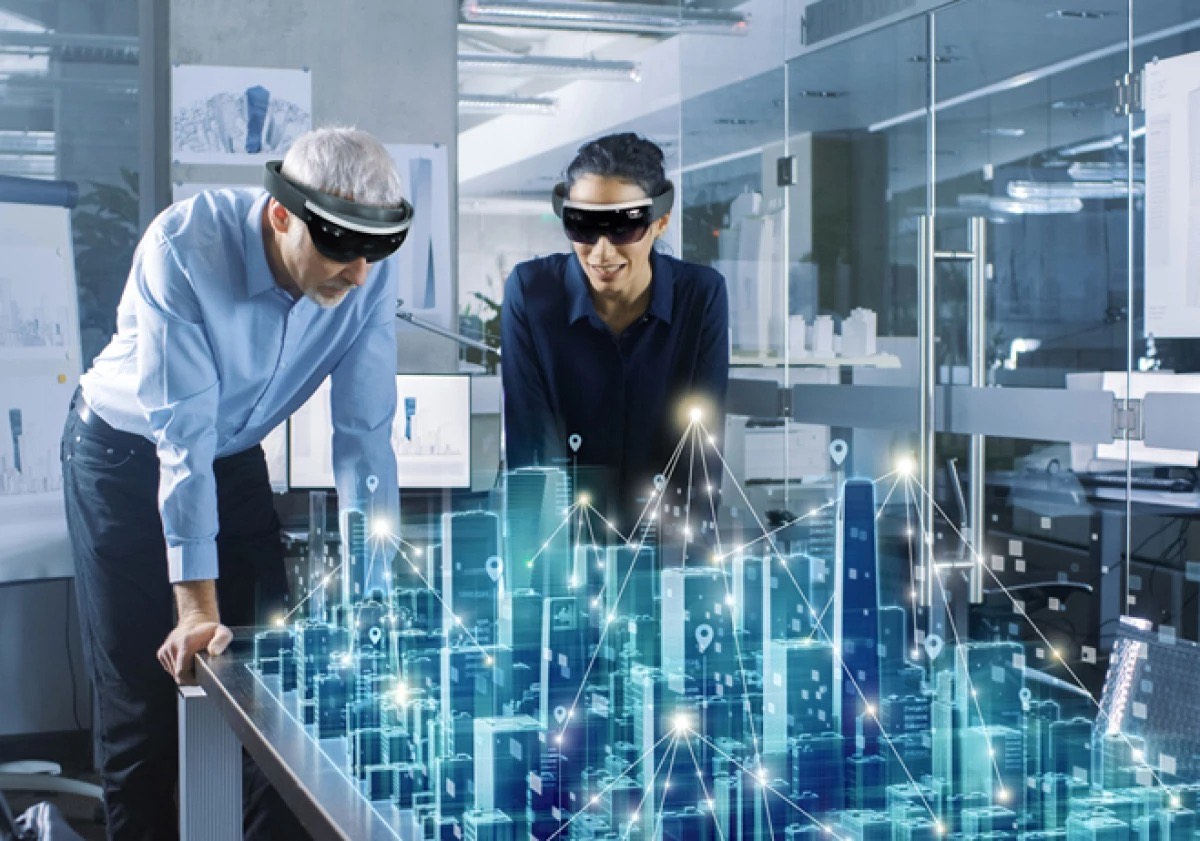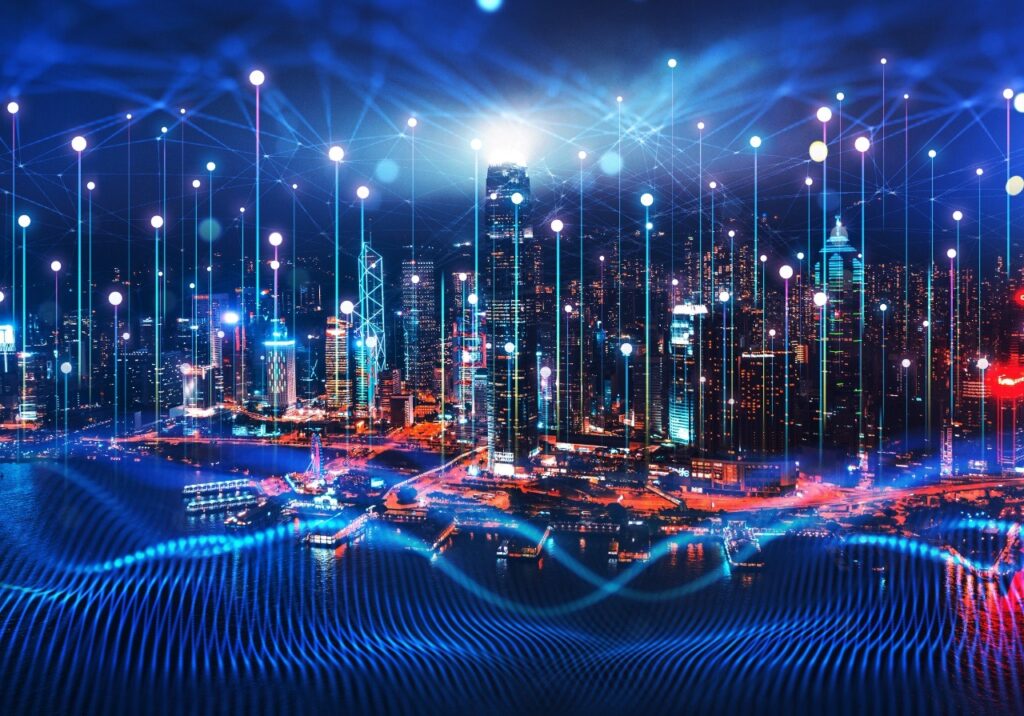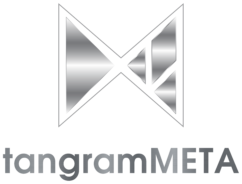DIGITAL TWIN
Computational 3D modelling utilising BIM to create digital twins of virtual spaces, buildings, and cities are now embedded as a standard part of the process to serve as a design tool, the data set for the information to construct and operate our built assets and as a guide to record what has been built.
A digital twin is as good and as reliable as the data connected to it. The data included must be the actual digital replica of what they represent.
Today we are advancing the digital twin to become a tool that allows us to simulate and animate our physical environment’s technical and social performance based on real-time data. It enables us to analyse how our built environment performs in daily operations and what are the short-term or long-term implications of that performance.
Supporting not only our design processes, construction operations, seamless handover, proactive maintenance, and predictive operations planning by visualising multiple data streams into a single system that can be analysed and interpreted by a human or decoded by a machine.
Designers create the original digital models depicting the design intent, and updates
and changes are applied during construction. Optimising the design, and other performance measures such as time, cost, environmental impact, or social outcomes managed by designers, cost management professionals, and construction managers. Since these measures impact, and define subsequent phases, it is important that they be captured as comprehensibly as possible, as early as possible, and digital twins are proving the most efficient way to do this.

Digital twin platforms have the potential to extrapolate future, upcoming scenarios, and feed back into the model the impacts that these may have to establish the digitally simulated future state of the model, product or system that is replicated.
For buildings and cities traditional CAD-based simulation focuses on creating a model into which designers can introduce and test various design elements, including materials, operating conditions, etc. This CAD simulation is static until the designer introduces a new parameter. Digital twins begin life as such a model, and then become more powerful when they receive real-time data from its real-world counterpart. The digital twin simulation then becomes active, changing as the data is delivered. By dynamically changing the digital twin matures through the projected lifecycle, yielding valuable information that is not generated by a traditional simulation, information which can drive business decisions.
CAD-based simulation replicates what could happen to the simulated product in the real world if specific changes are made to the design. Such changes are limited by the designer’s imagination. Digital twin learns from what is currently happening to its real-world counterpart, which allows the designer to see if the built asset is being used as intended and to make improvements based on the actual usage.
By leveraging the near real-time data from its integrated digital twin, the asset which is modelled can become more flexible, agile, and able to quickly react to fast-changing customer demand and external conditions.
This can be utilised to simulate, predict, and inform the decision-making process across its’ whole life and is key to managing complex systems such as hospitals, utilities and even cities to increase resilience and future proof performance during the operational life. Performance, maintenance, and disruptions can be predicted, planned, and managed in real time.
Reducing costs and maximising any asset’s ability to adapt and grow intelligently as they respond to future needs.
Digital twins are virtual representations of the movements, forces, and interactions that assets can undergo in the physical world. This lets users engage with dynamic content that is three- dimensional and responsive to their actions in real-time. In this virtual environment, they can effectively simulate real-world conditions, what-if scenarios and any circumstance imaginable, and visualize the outcomes instantly on any platform, including mobile devices, computers, and augmented, mixed and virtual reality (AR/MR/VR) devices.
A digital twin can range from a product configurator of a 3D model to a precise representation of a network or system as vast as a city, with each of its components dynamically linked to engineering, construction and operational data.
As teams across disciplines and locations design, engineer, build, sell and eventually operate and maintain complex builds, digital twins inform their decision-making at every stage of the lifecycle.

